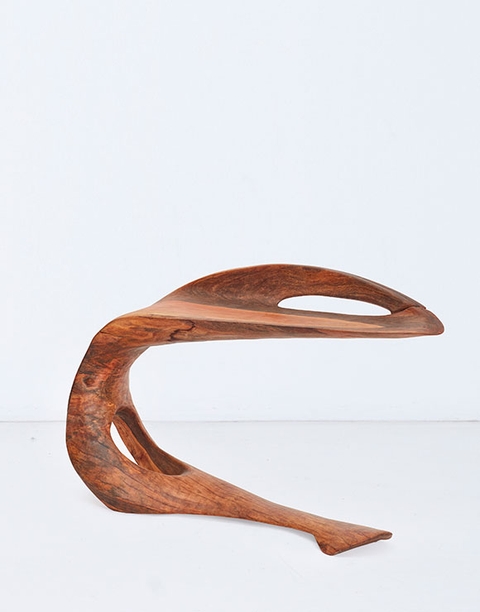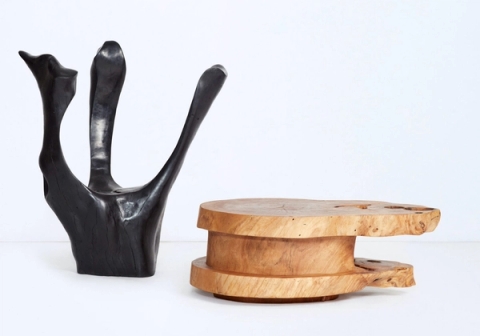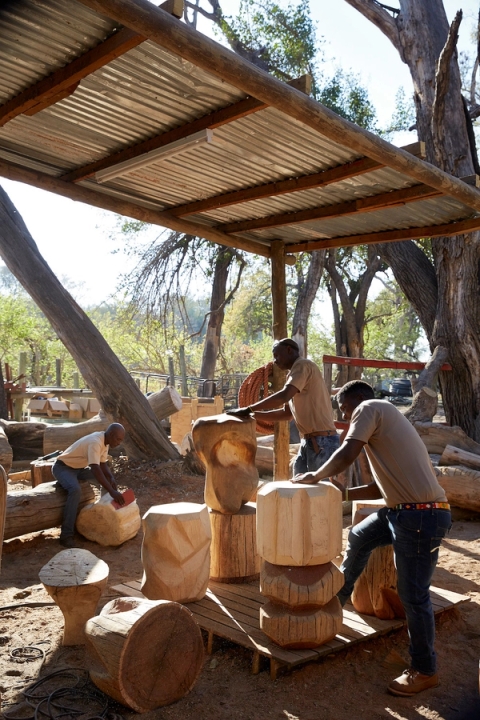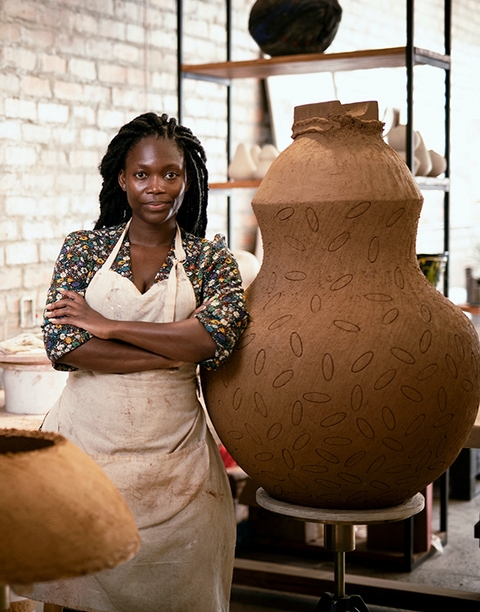My Enquiry (0)
No artwork has been selected.
Please choose an artwork to enquire.
Enquiry Submitted
Thank you for your enquiry and interest in our artists’ work. A member of the gallery team will respond shortly.
000%

Adam Birch transforms fallen trees into extensive collection of furniture for Xigera
12 Apr 2021 (1 min) read
Xigera’s collection of sensuously curved wishbone-shaped seats, pedestals, benches and side tables constitutes the largest project the sculptor has worked on during his 20-year-long career.
When it came to creating artworks for Xigera Safari Lodge in the Okavango Delta, perhaps no artist was as intimately involved as sculptor Adam Birch. He spent seven months living and working on site at Xigera, carving more than 150 large-scale timber sculptures for the lodge’s interior and outdoor spaces.

Xigera’s collection of sensuously curved wishbone-shaped seats, pedestals, benches and side tables constitutes the largest project the sculptor has worked on during his 20-year-long career.

Birch worked on an unprecedented scale, carving some of the largest and heaviest pieces he has ever made, with some weighing up to a ton. They were predominantly made from fallen trees on site, including prolifically growing species such as knobthorn, marula, mangosteen and sycamore fig.


The artist worked alongside a team of locals, training them in woodworking skills that will stay with them for life. “This generation is used to seeing things arrive in a box and be unwrapped. Now they look at a log in a different way – as raw material that can be turned into functional pieces,” he says.

